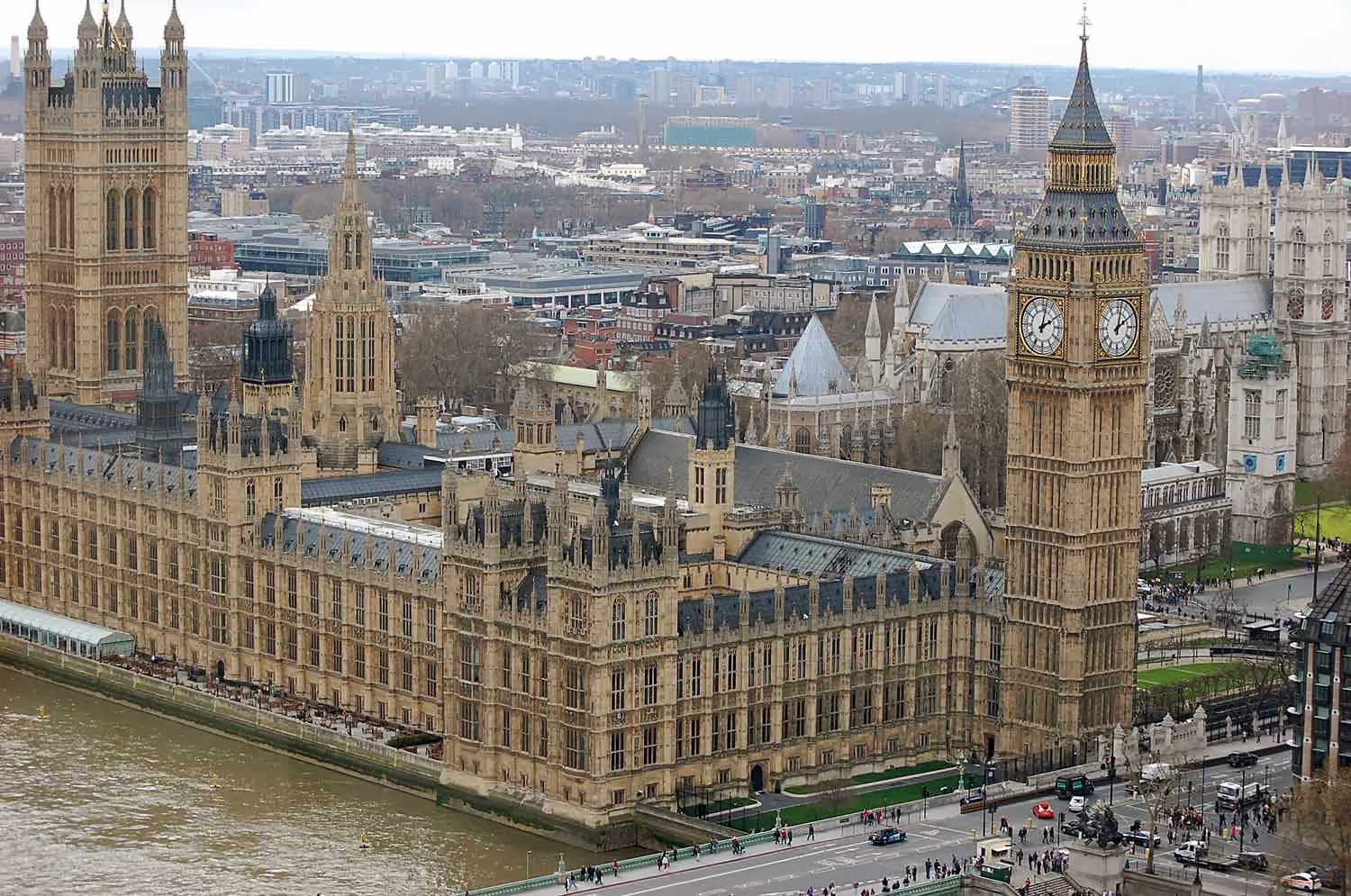I want to share with earth-shattering information. I discovered for myself one unbelievable fact. I got to know that Loch Ness Monster or "Nessie" as she's known locally had existed in the Loch Ness Lake.
Loch Ness is a large, deep, freshwater loch in the Scottish Highlands and is one of the most visited locations in Scotland. In fact it is the most famous lake in the world, loch being the Scottish word for lake or fiord. Loch Ness is a substantial body of water about 24 miles long by one mile wide and at its deepest point it goes down nearly 1,000 ft. There are about 40 small rivers, streams, burns and waterways running into the loch. Loch Ness lies at the northeast end of the Great Glen in the Highlands of Scotland and occupies a large part of the Great Glen fault. The Great Glen is a geological fault running across the entire width of the Highlands of Scotland. It runs southwest from Inverness right down to Fort William and contains three freshwater lochs - Loch Ness, Loch Oich and Loch Lochy. Loch Ness in the North of Scotland near Inverness is the largest freshwater lake in Great Britain. But it's not its size that makes it so famous, it's its very special inhabitant - the Loch Ness Monster - or 'Nessie' as we affectionately call her.
Loch Ness is a large, deep, freshwater loch in the Scottish Highlands and is one of the most visited locations in Scotland. In fact it is the most famous lake in the world, loch being the Scottish word for lake or fiord. Loch Ness is a substantial body of water about 24 miles long by one mile wide and at its deepest point it goes down nearly 1,000 ft. There are about 40 small rivers, streams, burns and waterways running into the loch. Loch Ness lies at the northeast end of the Great Glen in the Highlands of Scotland and occupies a large part of the Great Glen fault. The Great Glen is a geological fault running across the entire width of the Highlands of Scotland. It runs southwest from Inverness right down to Fort William and contains three freshwater lochs - Loch Ness, Loch Oich and Loch Lochy. Loch Ness in the North of Scotland near Inverness is the largest freshwater lake in Great Britain. But it's not its size that makes it so famous, it's its very special inhabitant - the Loch Ness Monster - or 'Nessie' as we affectionately call her.
Loch Ness is connected to the Moray Firth via the Caledonian Canal and the River Ness in Inverness. At the eastern end of the loch is the village of Dores, at the other end is the settlement of Fort Augustus. The village of Dores has a wide crescent shaped beach which is a popular venue for walkers. From the beach there is a good walk through Torr Woods. Enjoy a drink at the Dores Inn.
There have been unconfirmed reports of a Loch Ness Monster since the 15th century, affectionately known as
'Nessie'. Enthusiasts trace the first sighting of the Loch Ness monster back to St Columba in the 6th century. His early biographer, St Adamnan, tells how he used the sign of the cross to repel a monster in the river Ness. Since then there have been numerous sightings which have been seriously reported and there have been many intensive scientific investigations. The Loch Ness Exhibition Centre in Drumnadrochit takes visitors through 500 million years of Loch Ness history using a highly effective mix of lasers, digital projection and special effects. It charts the history of the monster by exploring Scotland's geological past, its folklore and the various research projects carried out on the loch.
There are some more information about Loch Ness Monster:http://www.visitbritain.com/en/Loch-Ness-Ness.php
Also I have found video about 'Nessie',follow this link:http://www.youtube.com/watch?v=72Jcy9tuFas
When I was looking for some information about Loch Ness Monster, I had found Nicky's blog. He wrote abot 'Nessie' interesting informations and explained its history in detail.For more information tick here: http://locknessmonsters.blogspot.ru/
And here you can watch the trailer of the film about Loch Ness Monster which name is "Water horse".I hope that you like it.http://www.imdb.com/video/screenplay/vi1929117977
And here you can watch the trailer of the film about Loch Ness Monster which name is "Water horse".I hope that you like it.http://www.imdb.com/video/screenplay/vi1929117977




















.jpg)









